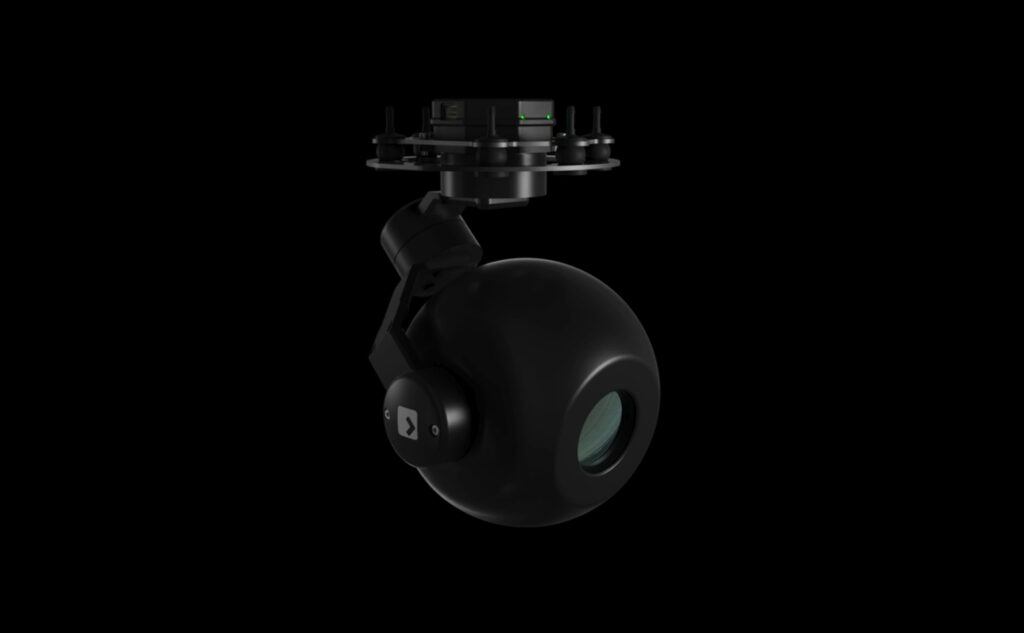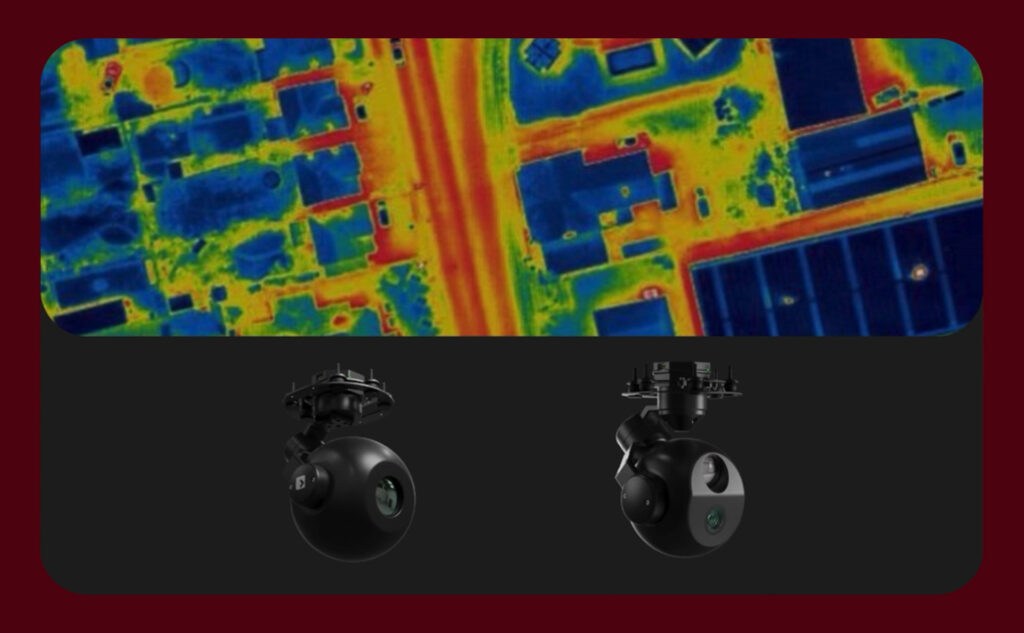Why is Milling in Aluminium important for Drones and Payloads?
Precision & Dimensional Accuracy:
CNC milling achieves extremely tight tolerances (often within microns). This ensures parts fit together perfectly, bearing surfaces are smooth and true, and motor shafts are perfectly perpendicular, minimizing unwanted movement.
High Strength-to-Weight Ratio:
Aluminum alloys (aviation grade 7075-T6) offer an excellent balance of strength and low weight. Milling allows us to strategically remove material only where it’s not needed, creating lightweight yet structurally sound components.
Rigidity & Stiffness:
The process itself creates solid, rigid, monolithic structures without the potential weak points or flex inherent in assemblies made from multiple smaller parts or some molded/composite materials.
Vibration Damping:
Aluminum has better natural damping characteristics than carbon fiber or harder metals like titanium/steel. It absorbs and dissipates some vibrational energy rather than transmitting it all to the camera.
Thermal Stability:
Aluminum has good thermal conductivity, helping to dissipate heat away from sensitive gimbal motors and electronics.
Durability & Impact Resistance:
While lighter than steel, aluminum alloys like 7075 offer significant toughness and can withstand moderate impacts. Milled parts are solid, avoiding the delamination risks of composites.
Surface Finish & Integration:
CNC milling produces excellent surface finishes and allows for precise features like threaded holes, grooves for wiring, and perfectly flat faces essential for component mounting and outer surface aesthetic.
Complex Geometry:
5-axis CNC milling can produce complex, near-net-shape parts with high precision from a solid aluminum billet, eliminating the need for complex assemblies of multiple simpler parts.


